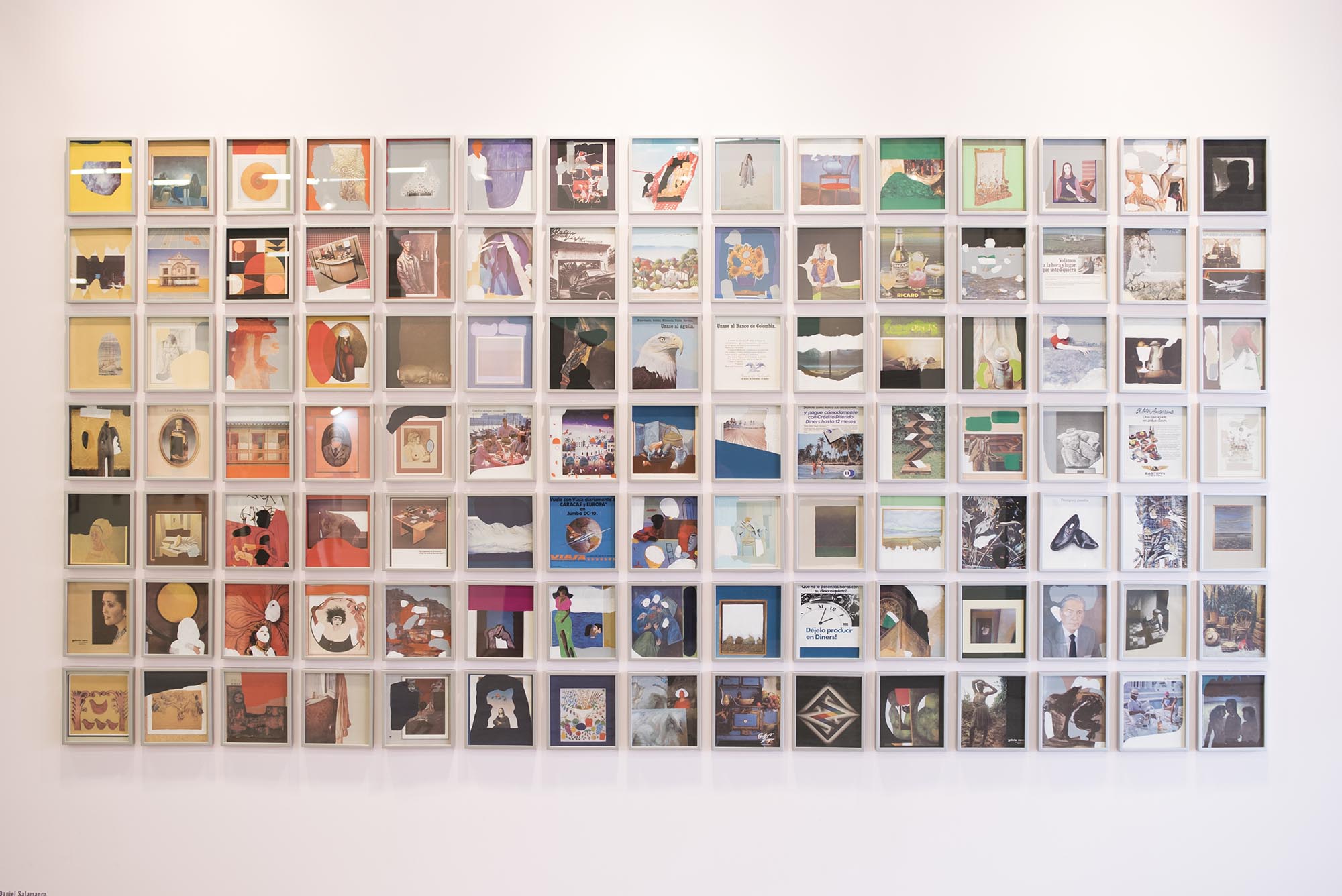












In 1949, after a dinner in a New York restaurant, businessman Frank McNamara invented the Diners Club International franchise, a credit card independent from banks, originally focused on being used for dining, travel, and entertainment expenses. The company's success was such that it would expand globally, operating in around 60 countries, including Colombia, where it arrived in 1962 after the management of another businessman, Ernesto Carlos Martelo. More than being a simple card, the brand has concentrated on transmitting the idea that the "members" of this club, are part of a small group of people with exclusive privileges and whose social status allows them to access luxury goods and services. Part of that strategy consisted, and still is, in publishing a magazine for its clients (by subscription). For 30 years, from 1963 until mid-94, the magazine had the same format (21x 23 cm). It included a review of artists contemporary to the publication –most of them Colombians–, and an image of their work, reproduced on the cover. As a complement to this initiative, an art gallery with the same name was founded in the 80s. This work points to the tension between art seen as an element of decorum of a privileged social class that easily accesses a loan to satisfy their luxury desires and the vital and professional activity of artists whose living depends on it. This small archive of 105 covers and ads, intervened with acrylic, function as a source to understand and show the relationship, sometimes perverse, sometimes necessary and inevitable, between art, finances, investments, the upper classes of society, and exclusive goods and merchandise.
Artbo
Artbo